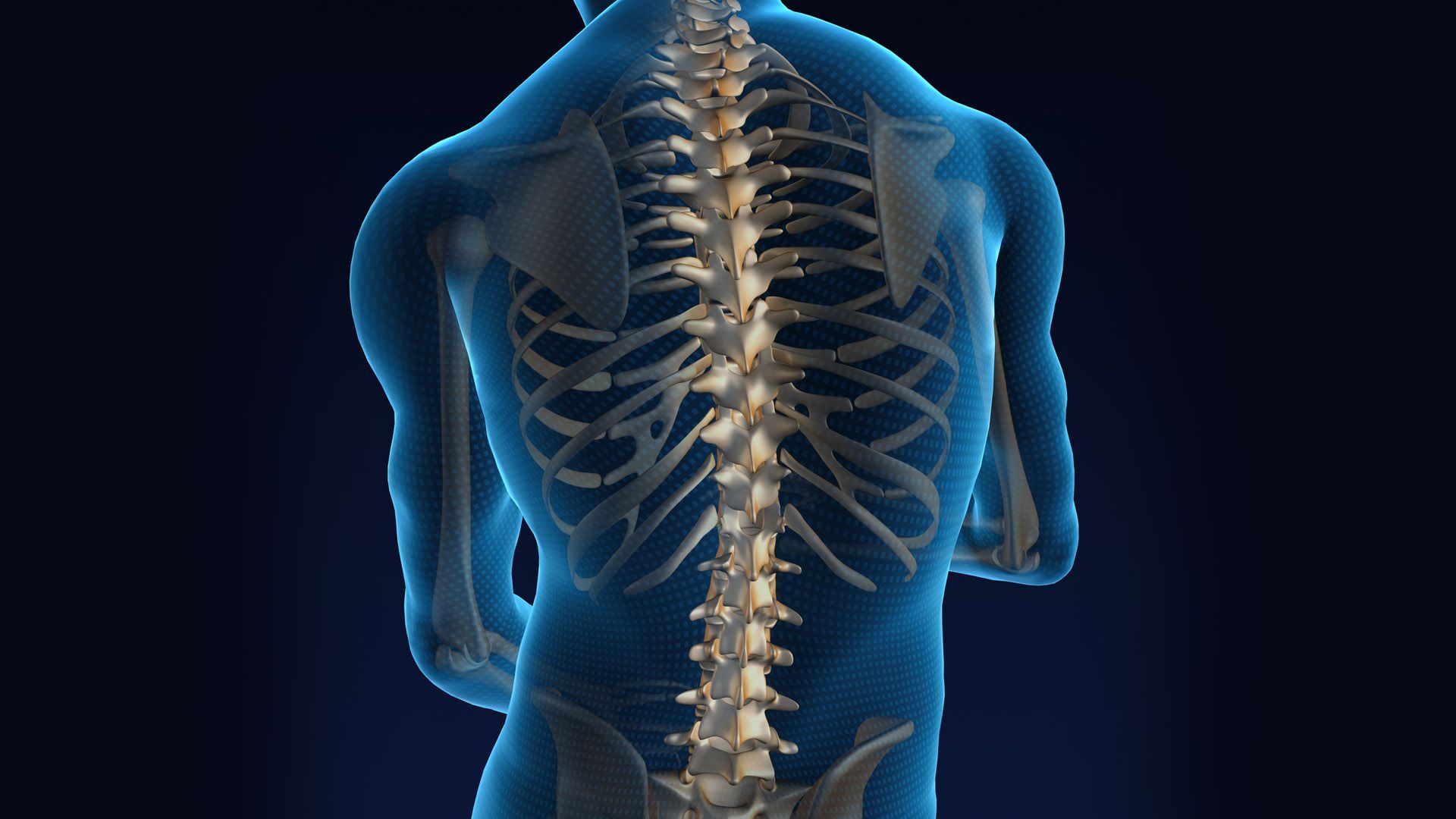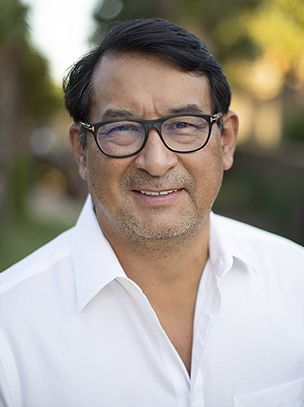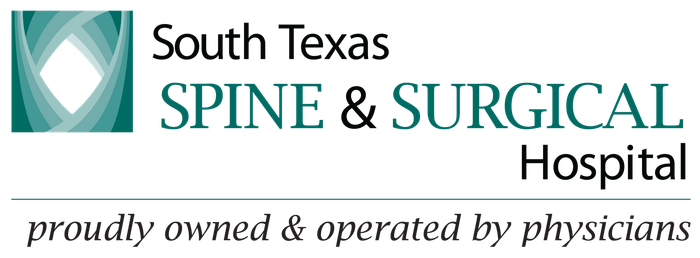Relieve Your Back and Neck Pain with San Antonio's Leading Spine Surgeon
Dr. Frank Kuwamura offers personalized, minimally invasive spine treatments to restore your quality of life.
Schedule your appointment today!
Stone Oak
Remington Oaks Medical Building
525 Oak Centre, Suite 140
San Antonio, TX 78258
New innovative treatment option for patients suffering from radical pain due to cervical disc degeneration.
Both cervical fusion and Mobi-C Cervical Disc replace the damaged disc(s) and try to match the healthy disc height, removing pressure on the nerves. Fusion surgery typically requires an anterior metal plate to keep the interbody spacer in place and to stop movement at the surgical level(s).
In contrast, Mobi-C fits entirely within the disc space and is designed to maintain neck movement, which may help reduce adjacent levels from degenerating.
What Is Sciatica?
Our Medical Specialties
ORTHOPEDIC SPINE RECONSTRUCTIVE SURGERY
MINIMALLY INVASIVE ORTHOPEDIC SPINE SURGERY
ORTHOPEDIC SURGERY
CERVICAL SPINE MYELOPATHY
Procedures
Our Specialist
Frank K. Kuwamura, III, M.D.
A leader and instructor in emerging technology and spine surgery, Dr. Kuwamura treats multiple conditions of the cervical, thoracic, and lumbar areas of the spine, including: fractures, spinal stenosis, arthritis, tumors, spinal deformities, sciatica, spinal infections, and much more. Dr. Kuwamura is fellowship trained in spine treatments from the Florida Neck and Back Institute and has been in practice for over 19 years and maintains his board certification through ongoing education and training.
Beginning his career as an orthopedic surgeon, Dr. Kuwamura is a graduate of the Boston University School of Medicine and received a Master’s Degree in Microbiology. During his distinguished career, he also served at the National Naval Medical Center in Bethesda, Maryland. Dr. Kuwamura is a pioneer and product designer for leading medical technology and is on-site at MD Spine Care to provide one-on-one consultations and patient-centered care. He is Board Certified with the American Academy of Orthopedic Surgeons and Bexar County Medical Society.
Leave Dr. Kuwamura a review on Google by clicking the button below:
Get a customized spine treatment plan.
Office Hours
MONDAY – FRIDAY
8 am – 5 pm
For Billing questions or concerns please contact:













